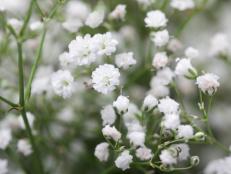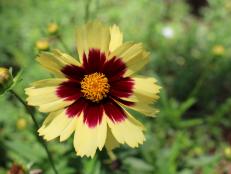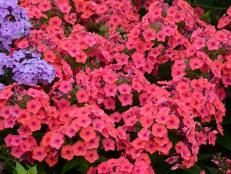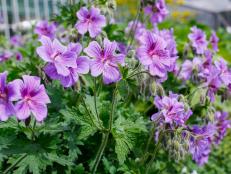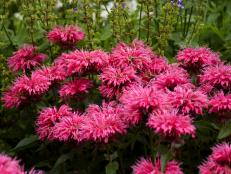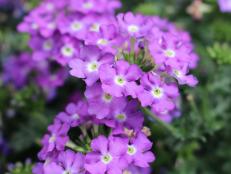'May Night' Salvia
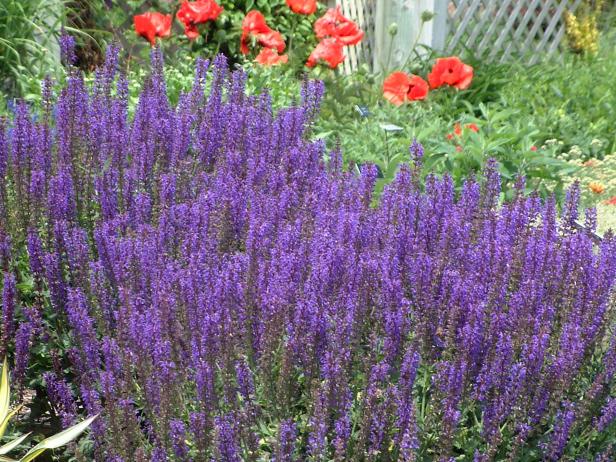
PerennialResource.com
Color spring in shades of deep purple with the violet blooms of 'May Night' salvia. This salvia plant produces typical sage-type flowers: spikes of individual blossoms held high above leaves. Like other salvias, ‘May Night’ stages the best flower show in full sun.
Botanically, ‘May Night’ salvia has a host of names, including Salvia nemorosa, or woodland sage, as well as Salvia x sylvestris ‘May Night’, Salvia ‘May Night’ and Salvia ‘Mainacht’. You may find plant tags with any or all of these names. ‘Mainacht’ is a clue to this salvia’s German heritage. The word translates directly as “May night.”
The name of the plant, ‘May Night’, refers to the flower’s deep purple hue that resembles a spring nighttime sky. The flowers appear in late spring and linger into early summer. They’re a perfect pairing with peony flowers and roses, which also open in that timeframe. ‘May Night’ salvia also looks beautiful planted next to silver-leafed plants, such as lamb’s ears or Artemisia.
‘May Night’ salvia is hardy in Zones 4 to 8. In mild winter regions, plants stay evergreen through winter, although leaves can look tattered and ratty by spring. Cut plants back in early spring to encourage fresh new growth. In colder zones, ‘May Night’ salvia dies back to the ground after repeated hard freezes. Mulch plant crowns in coldest areas. Watch for new growth to emerge in spring.
This salvia, like others, is deer-resistant. ‘May Night’ salvia is a mint family member, but the leaves lack a traditional mint aroma. Instead, some gardeners describe the foliage aroma as either pleasant, but it depends on your nose. Flowers make nice additions to spring bouquets, but don’t include leafy stems unless you find the aroma pleasant.
Plants thrive in full sun or bright dappled shade, although stems may become somewhat lanky and floppy in lower light. Flopping stems can also be a problem when ‘May Night’ salvia is grown in places with high heat and humidity.
‘May Night’ salvia grows 18 inches tall without flowers; add another 6 to 8 inches when plants are in bloom. Individual clumps spread 12 to 18 inches. Like other salvia plants, woodland sage tolerates dry, even rocky soil. ‘May Night’ salvia also tolerates heavy clay soil, but may succumb to root rot if soil stays saturated in winter.
Bees and butterflies flock to ‘May Night’ salvia plants in bloom. Extend the flower show by snipping faded flowers at the base of the flower stalk. Smaller, newly forming buds may be visible. If so, cut just above these. Some gardeners prune woodland sage by hand; others use a string trimmer. After pruning, new flower spikes should appear in about a month. Prune plants again after those blooms fade, and get ready for some fall blossoms.







